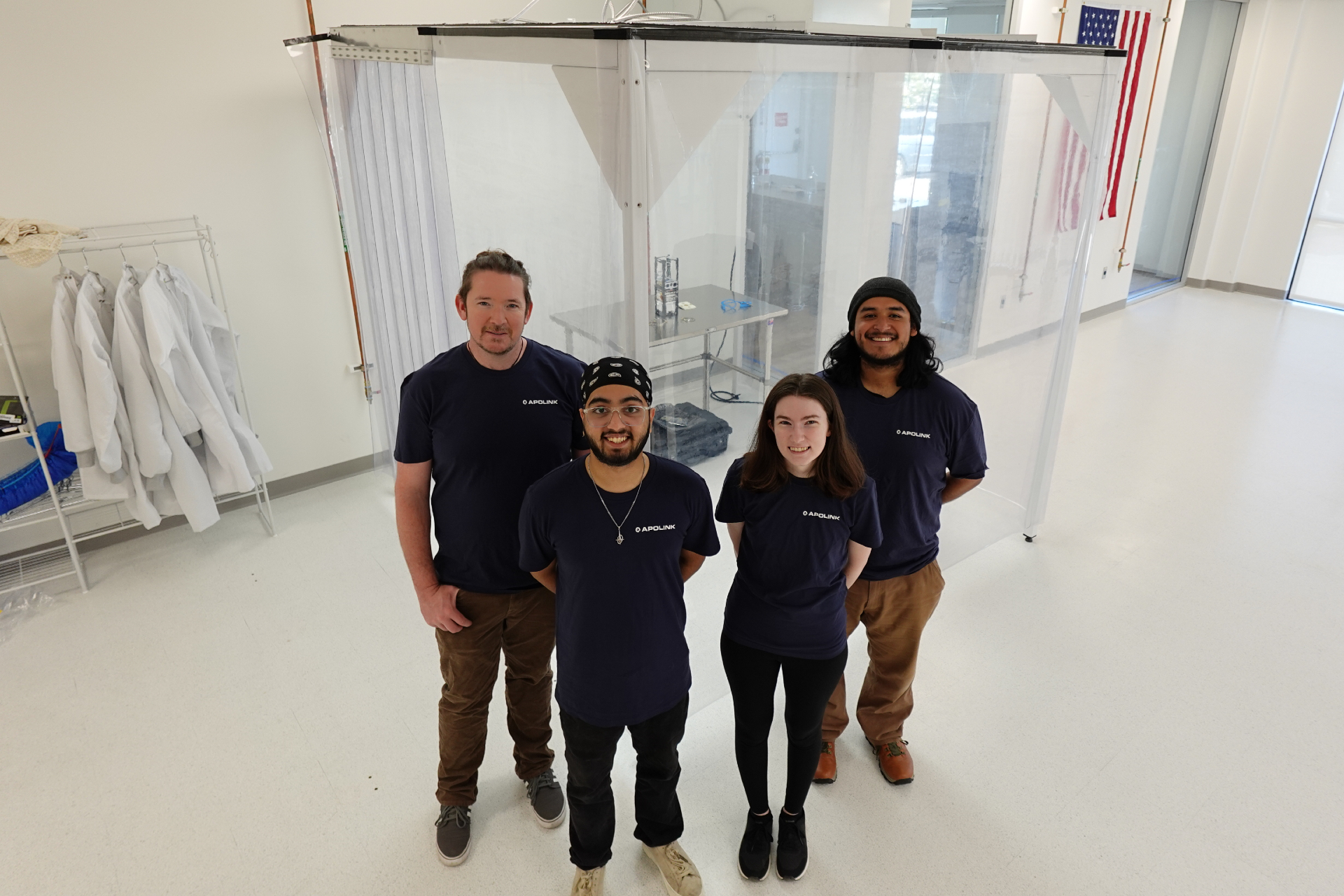In an exciting development for the space technology sector, a groundbreaking startup has successfully raised $4.3 million in a seed funding round, significantly oversubscribed, to create a robust connectivity network for satellites operating in low Earth orbit (LEO). Founded by a visionary 19-year-old entrepreneur of Indian descent, this initiative aims to address a critical challenge in satellite communications.
The startup is focused on solving a long-standing issue in space communications: the frequent disconnection of satellites during their orbits due to dead zones, which occur when they are out of sight of ground stations. While existing solutions like relay satellites and global ground station networks have made strides in reducing downtime, they still fall short of providing a comprehensive solution.
This connectivity gap has become increasingly important as the space industry continues to evolve. For decades, NASA relied on its Tracking and Data Relay Satellite (TDRS) system to maintain near-constant communication with satellites in geostationary orbit. However, in 2022, the agency announced plans to phase out the TDRS system and shift towards commercial providers for satellite communications. Most of these commercial systems primarily focus on geostationary or medium Earth orbits, leaving a significant opportunity for innovation in LEO connectivity.
According to the founder, the advantages of LEO are substantial. “LEO is much closer than geostationary orbit, which simplifies the connection between customer satellites and our constellation, thereby reducing power requirements and enhancing compatibility,” he explained in a recent interview.
The founder’s journey into the world of space technology began at a young age. At just 14, he developed a keen interest in space and, by 2022, while still in high school, he created InQube, India’s first open-source satellite system. His passion for space led him to teach engineering students about space ecosystems as a guest lecturer at a prestigious institution.

While developing his initial satellite system, the founder identified the connectivity challenges faced by satellites and recognized that existing solutions often lacked backward compatibility, necessitating specific hardware for network access in orbit.
He pointed out that the current inter-satellite links (ISLs) are not interoperable and do not meet the requirements set by the Space Development Agency, which contributes to the ongoing connectivity issues.
To tackle this problem, the startup is employing a hybrid-RF optical architecture that operates without user terminals, making it hardware-independent. This innovative approach sets it apart from other startups that have attempted to build new ground stations, which can be cumbersome and do not guarantee continuous connectivity.
Founded in 2024 and based in Palo Alto, the startup plans to deploy a constellation of 32 satellites equipped with lasers and radios to ensure connectivity, even for satellites lacking specific hardware. The goal is to achieve nearly 99% uptime with latency reduced to just 2-3 seconds once the network is fully operational.
While other companies are also working on inter-satellite links, the founder noted that many do not dedicate their resources to virtual relays, resulting in limited bandwidth for customers. Additionally, these systems often require customers to install optical terminals for connectivity, which can be a barrier to access.
The startup has secured its own FCC license, streamlining the process for customers and eliminating the need for them to navigate additional licensing requirements. Furthermore, it manufactures its satellite components in-house to ensure compatibility with its proprietary algorithms.
Looking ahead, the startup plans to launch its first demonstration mission in Q2 2026 via a rideshare with a major space launch provider. This mission will feature a technology demonstration satellite designed to validate the backward-compatible radio-frequency relay in LEO. A second demonstration is scheduled for June 2027, with the full commercial constellation expected to be operational by 2029.
Despite being in its early stages, the startup has already garnered over $140 million in letters of intent from various companies in the Earth observation, communication, and spatial data sectors. The recent seed funding round was supported by a range of investors, including venture capital firms and angel investors with extensive experience in the tech industry.
The core team consists of four members, each bringing over five years of industry experience from leading companies in the space sector. They are currently focused on spacecraft integration and testing, collaborating with early partners to validate their system in orbit.
